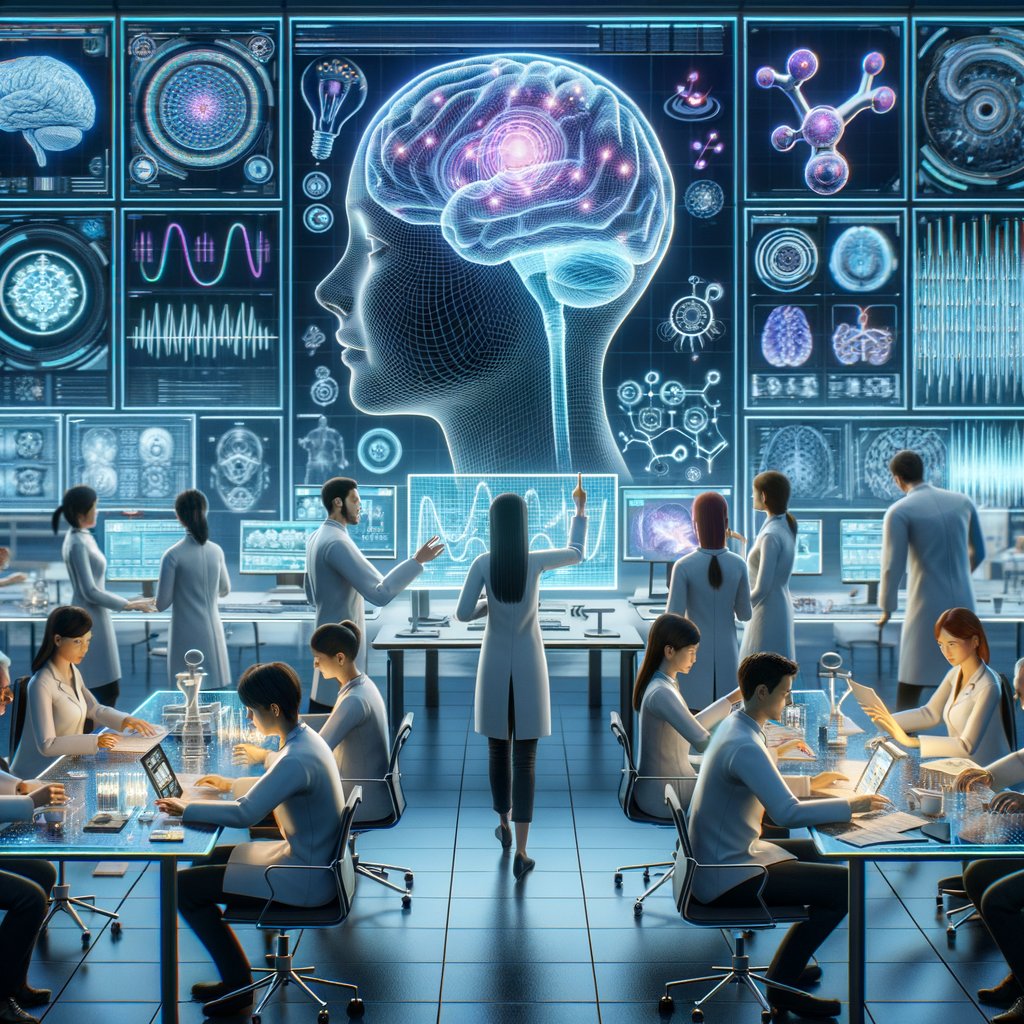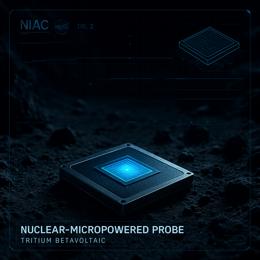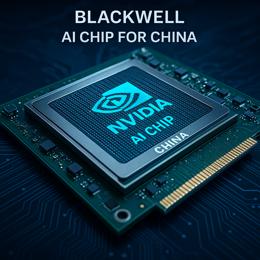Image created by AI
Revolutionary Breakthrough: Chinese Startup NeuroXess Decodes Chinese Speech Using Brain-Computer Interface
In a groundbreaking development, the Chinese startup NeuroXess has made significant strides in brain-computer interface (BCI) technology, marking a pivotal moment in the realm of medical science and digital communication. On Thursday, the company announced successful clinical trials where a newly designed flexible BCI device decoded complex patient brain signals into actionable digital commands and Chinese language speech.
This development was reported following meticulous trials at Huashan Hospital, affiliated with Fudan University. A major milestone was achieved with a 21-year-old female epilepsy patient, where the 256-channel, high-throughput BCI device implanted by the surgical team exhibited swift and accurate brain signal decoding capabilities. Within an astonishing 60 milliseconds post-surgery, the device enabled the patient to control digital interfaces such as mobile apps and smart home systems purely through thoughts. The device utilized electrocorticogram (ECoG) features from the patient’s high-gamma band, a type of brain signal strongly linked to movement and sensory information.
A second trial involved decoding Chinese speech—complex due to its tonal and logographic nature—directly from brain signals. In this trial, a flexible high-throughput BCI was used on a female patient with a brain tumor affecting her language processing abilities. Remarkably, within just five days post-operation, the scientists reached 71 percent speech decoding accuracy from 142 common Chinese syllables. This allowed the patient not only to communicate basic expressions but also to control digital and robotic tools, showcasing phrases like “Happy New Year, 2025” through a robotic hand performing sign language.
These trials underline the potential of BCIs to transform lives, particularly for those with debilitating neurological conditions such as ALS, high-level paraplegia, and stroke. By bridging gaps between human cognitive intentions and digital executions, BCIs like those developed by NeuroXess could revolutionize how individuals interact with the world, offering newfound independence and interaction capabilities.
As the global interest in integrating BCI technology into various sectors spikes, China’s position in the arena is becoming increasingly prominent. NeuroXess, alongside other pioneers like Elon Musk’s Neuralink, is pushing the boundaries of what's possible in the interface between human neurological processes and machines.
This innovation opens up thrilling prospects not only in healthcare but also in fields like artificial intelligence, where direct brain-to-AI communication could lead to more intuitive and efficient human-machine interactions. The true value of these advancements lies in their potential to drastically improve the quality of life and autonomy of individuals living with severe physical limitations.










